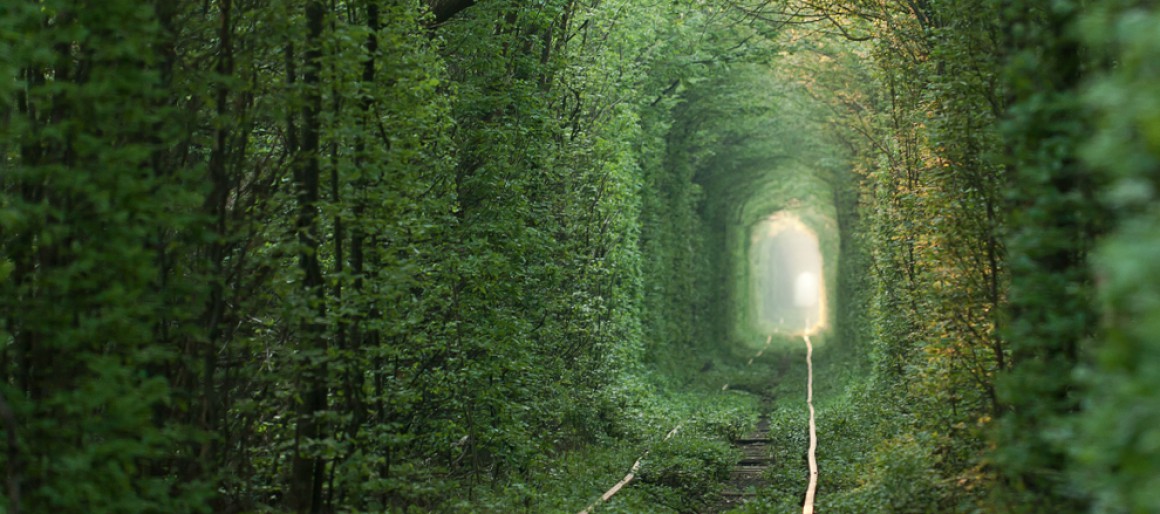There are over 100 different poses of the Buddha each representing a different important event in the life of the Historical Buddha. The pose is called asana or an Attitude and is accompanied by a hand gesture, called a Mudra. People often place the Buddha statues in their home to provide them with peace and protection and to achieve a feng shui atmosphere in their homes.
Abhaya Mudra
Protection Buddha / Overcoming Fear
Abhaya is translated from Sanskrit as fearlessness. The Abhaya mudra is made with the open palm of the right hand extending outwards at the chest level or slightly higher. This mudra offers the energy of protection, peace and a sense of strong, deep inner security.
This depiction of a seated Buddha with the right hand raised and facing outwards has two common meanings. The first is that of the Protection Buddha, as the raised right hand symbolically represents a shield. The second meaning, Overcoming Fear, is similar to the first (since someone who receives protection is less fearful).
The main features of this pose, aside from the raised right hand, is that The Buddha can be depicted either sitting or standing, and the left hand may either be extended outward or palm up in the lap. People would probably put this statue near their front door or in the living room since this statue signifies courage and offers protection from fear, delusion and anger.
Dhyana Mudra
Meditation Buddha / Amithabha Buddha
This mudra depicts one or both hands in the lap, face up, symbolizing wisdom, possibly accompanied by ritual objects such as an alms bowl. People will usually place a Meditation Buddha in a room used for meditation or as place to unwind as this statue promotes peace and calmness and can be helpful for improving people’s meditation skills.
In this pose, the Buddha’s legs are crossed, either in a Double Lotus pose (with the ankles of each leg tucked behind one another in a locked position), or in a Single Lotus pose (where one leg rests on top of the other leg). As this statue generally represents focused concentration, the eyes of the Buddha are either depicted as halfway closed, or closed nearly all the way. The silhouette of the statue is shaped – more or less – like a triangle, which represents stability.
Many of the largest Buddha Statues in Japan, such as the Great Kamakura Buddha Statue at Kotokuin Temple, and large statues in Korea are in the Meditation Pose. This pose is also known as the Amithabha Buddha, which means “Boundless Light.”
Bhumisparsha Mudra
Calling The Earth To Witness / Earth Touching Buddha
All the five fingers of the right hand of the Buddha is seen reaching to touch the ground, symbolizing the enlightenment of the Buddha under the Bodhi tree.
The most common pose you will find in Thai temples is with the legs crossed, the left hand in the lap, and the right hand pointing to the ground with the palm facing inward toward the Buddha. This posture is known as Calling The Earth to Witness, and it is the definition of the moment of enlightenment for the Buddha under the Bodhi tree.
It is the story of how the Buddha, after six years, finally was at the verge of enlightenment. Unfortunately Mara, the Demon of Illusion, tried to dissuade The Buddha from the final last steps. The Buddha meditated all night to overcome the fears and temptations sent by Mara, and then called the Earth Goddess to witness that the Buddha achieved enlightenment in order to share with the rest of the world. Witnessing that, the Earth Goddess wrung her hair, releasing flood waters that swept away the Demon Mara and all the temptresses he had released.
The Nirvana Buddha / Reclining Buddha
There are differences in the meaning of Reclining Buddha Statues, and to understand the difference it is important to take note of the right arm position. When the right hand is supporting the head as in the picture above then this signifies that the Buddha is resting, and is related to the story of the Buddha and the giant Asurindarahu who wished to see the Buddha but did not want to bow down before him. The Buddha appeared larger than the giant while laying down, and then showed him all of heaven and all of the heavenly figures that were larger than the giant, thus humbling him.
If the right arm is laying by the side of the Buddha (as in the picture below) then this signifies that the Buddha has passed away at the age of 80 and is entering Nirvana. It is said that an alms giver had accidentally given the Buddha pork that had gone bad, and this eventually led to the death of the Buddha.






I never knew there were over 100 different Buddha poses..loved this blog thanks for sharing!
LikeLike
I also did one of my blogs on the poses of Buddha and I think that just by looking at both, one can really see how many poses there really is. I loved reading something from a different perspective than my own!
LikeLike
Interesting blog, it reminds me of Wat Pho in Bangkok , although the reclining Buddha looks like someone relaxing on a sofa, it is actually a representation of Buddha’s last moments on earth during his illness.
I tried to write a blog about it, hope you also like it in https://stenote.blogspot.com/2020/06/bangkok-at-wat-pho.html?m=0
LikeLike